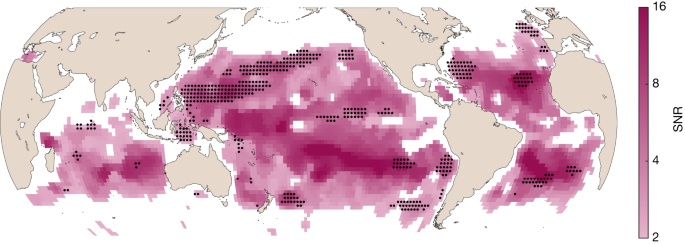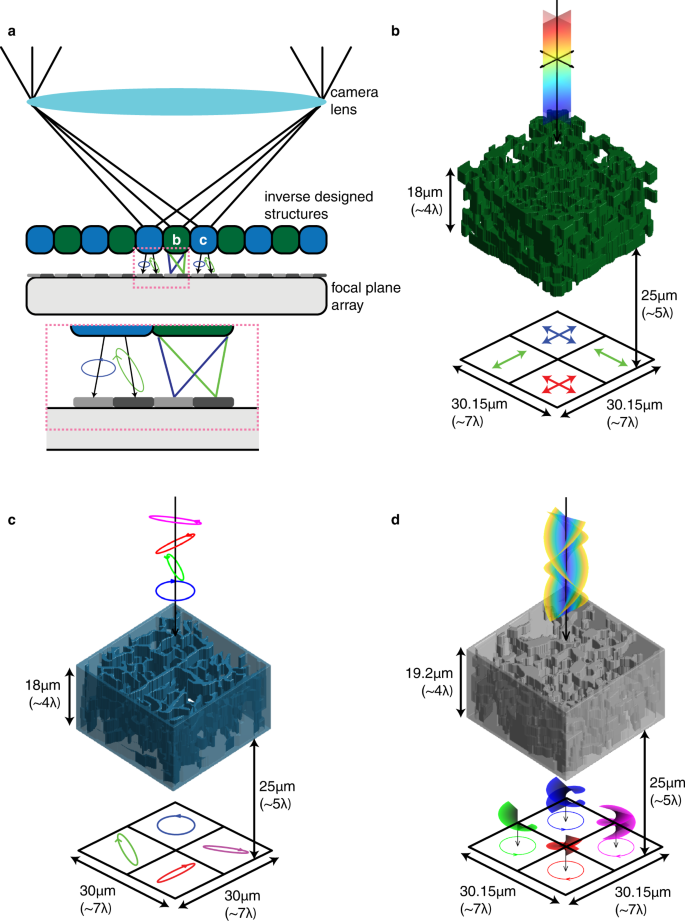2023-07-17 カリフォルニア大学バークレー校(UCB)
◆従来の探査では地球の干渉が偽の信号を生じることがありましたが、新技術は星間空間を通過した信号を特定することで、地球からの干渉を排除します。この技術は短時間に信号の明るさが変動する「シンチレーション」を検出し、地球由来の信号との違いを見極めるものです。これにより、地球外の信号を特定する可能性が高まり、SETIの進展に対する期待が高まっています。
<関連情報>
- https://news.berkeley.edu/2023/07/17/when-et-calls-can-we-be-sure-were-not-being-spoofed/
- https://iopscience.iop.org/article/10.3847/1538-4357/acdee0
ナローバンド電波SETIにおける星間シンチレーションの検出について On Detecting Interstellar Scintillation in Narrowband Radio SETI
Bryan Brzycki, Andrew P. V. Siemion, Imke de Pater, James M. Cordes, Vishal Gajjar, Brian Lacki, and Sofia Sheikh
The Astrophysical Journal Published 2023 July 17
DOI: 10.3847/1538-4357/acdee0

Abstract
To date, the search for radio technosignatures has focused on sky location as a primary discriminant between technosignature candidates and anthropogenic radio frequency interference (RFI). In this work, we investigate the possibility of searching for technosignatures by identifying the presence and nature of intensity scintillations arising from the turbulent, ionized plasma of the interstellar medium. Past works have detailed how interstellar scattering can both enhance and diminish the detectability of narrowband radio signals. We use the NE2001 Galactic free electron density model to estimate scintillation timescales to which narrowband signal searches would be sensitive, and discuss ways in which we might practically detect strong intensity scintillations in detected signals. We further analyze the RFI environment of the Robert C. Byrd Green Bank Telescope with the proposed methodology and comment on the feasibility of using scintillation as a filter for technosignature candidates.



